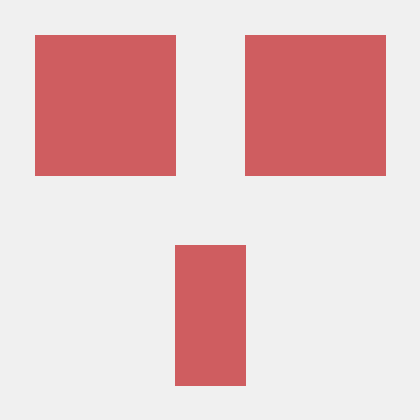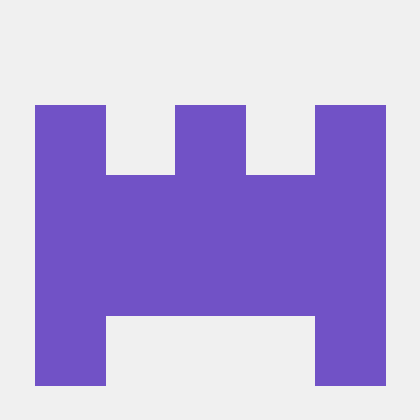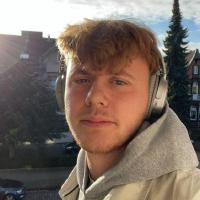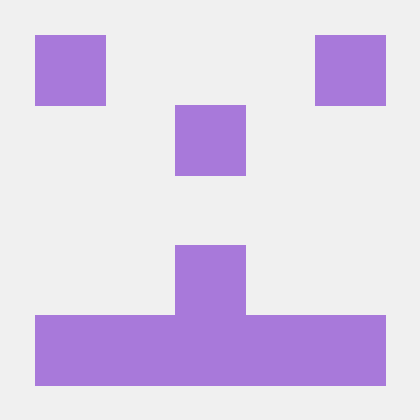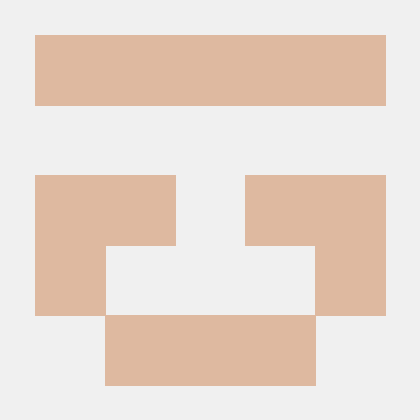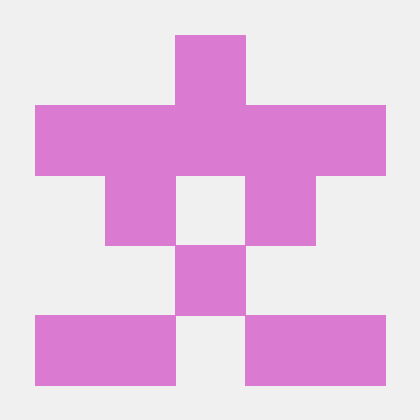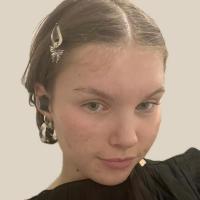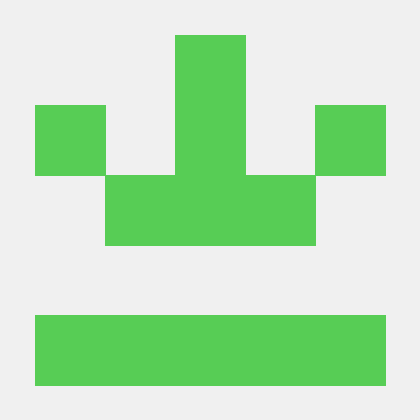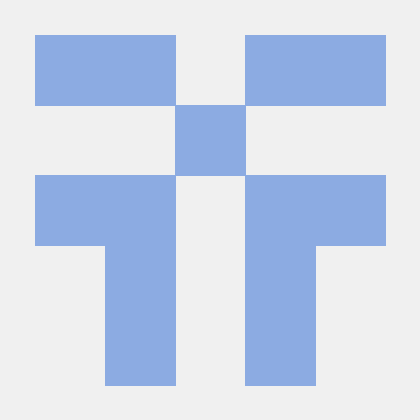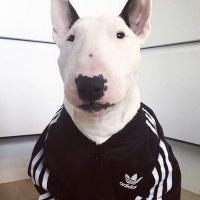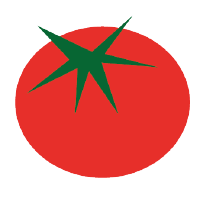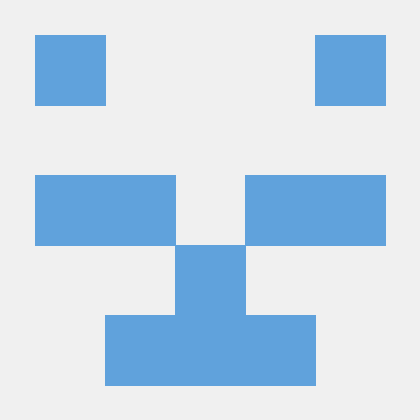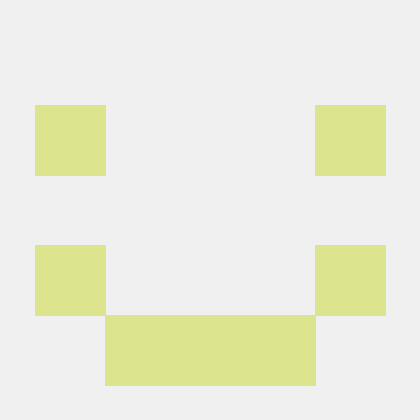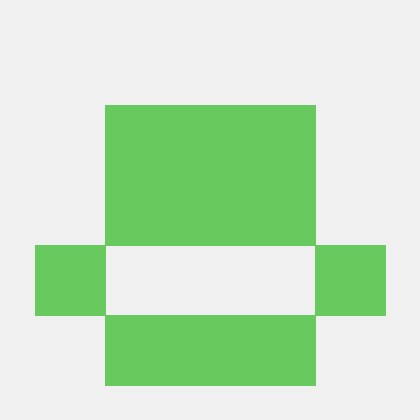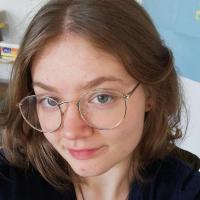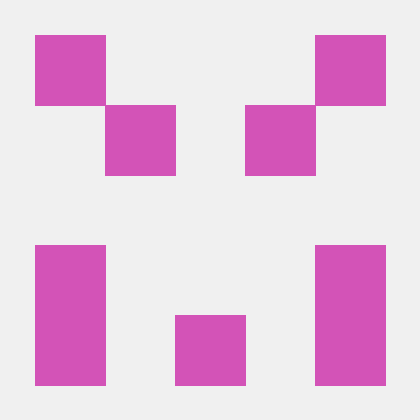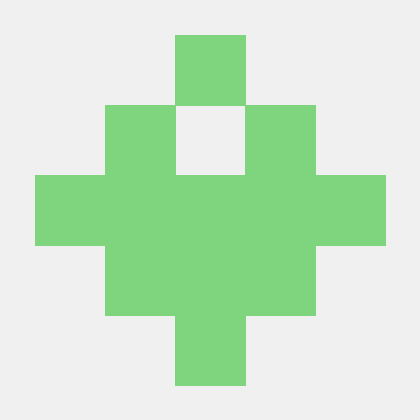Rundgang 2025
Projects from the seminar
Fundamentals of Digital Communication
in winter semester 2024/2025 and summer semester 2025 by
Projects
Narratives in the Age of AI. An exploration how to bend image generation to your will.
An exploration of what can be achieved with text and APIs using large language models to overcome the limited metaphor of the chat interface.
An excursion to the edge of the country with explorations of natural patterns and behaviors. Based on "The Nature of Code" by Daniel Shiffmann
Using teachable machine to train an AI to recognize objects, sounds, or poses for interactive web applications and artworks.
A Physical Computing Project about blinking lights using Arduino, LEDs, and the art of interaction in the physical world.
Documenting and reflecting a whole semester of digital experiments done in p5.js, web technologies and Arduino in 2024/2025
A Generative Graphic Novel
Narratives in the Age of AI. An exploration how to bend image generation to your will.
We developed a digital graphic novel that merged collaborative storytelling, layout design, and AI-generated imagery. Using tools like Midjourney or DALL·E 3, we established a consistent visual style and experimented with LLMs to generate narrative content and dialogue. Our focus was on creating a responsive, web-based experience that remained visually coherent and engaging across devices. Throughout the project, we brainstormed and refined our story, integrated AI-generated visuals and text, and implemented the final product using HTML, CSS, and JavaScript. The result was a graphic novel website, supported by thorough documentation of our creative process and a visual map outlining the narrative flow.
Text, the Universal Interface
An exploration of what can be achieved with text and APIs using large language models to overcome the limited metaphor of the chat interface.
We prototyped speculative, text-based web applications and artworks that interact with users by sending their input as text, clicks, images, or real-time data to large language models via APIs. The process began with researching LLMs, experimenting with different input modalities, and building small prototypes to explore possibilities and refine ideas.
After selecting a concept, we focused on implementing the core logic and user interactions, connecting various inputs to the language model API, and iterating on the data flow. The final deliverable was a polished, fully functional web project, accompanied by clear documentation, onboarding texts, and a license, showcasing what can be achieved when text becomes the universal interface.
Excursion into the Nature of Code
An excursion to the edge of the country with explorations of natural patterns and behaviors. Based on "The Nature of Code" by Daniel Shiffmann
We closely observed natural patterns and behaviors like animal movement, plant growth, or wave dynamics during our excursion, focusing on how systems in nature evolve and interact. We documented our observations through notes, sketches, photos, and videos, paying special attention to the underlying rules and emergent phenomena.
After returning, we selected one observation and created a p5.js sketch to simulate the behavior or structure we witnessed, using code as a tool to model and reinterpret natural processes. The project deliverables included a short blog-style documentation with visuals, the simulation code, and a reflection on both our observations and the translation of those patterns into code.
Teachable Machine
Using teachable machine to train an AI to recognize objects, sounds, or poses for interactive web applications and artworks.
We created interactive websites that use AI models trained with Teachable Machine to recognize objects, sounds, or poses and respond to human input. The process began with experimenting on the Teachable Machine platform, exploring what types of input worked best, and learning how to display results using JavaScript or p5.js. We brainstormed creative ideas, then focused on a single concept to develop further.
During implementation, we iteratively built and debugged our site, paying close attention to user experience and interface design. The final product was a polished, unique website published on GitHub Pages, accompanied by a README with images and a clear explanation of the project, as well as a proper license.
Blinkenlichten
A Physical Computing Project about blinking lights using Arduino, LEDs, and the art of interaction in the physical world.
We designed and built an interactive object that uses sensors to detect environmental input such as motion, sound, or distance and responds with expressive blinking lights. Our focus was on creating a visually cohesive and mysterious device, concealing the underlying technology to highlight the light effects. The process involved researching sensor types, brainstorming concepts, sketching ideas, and carefully selecting materials to achieve the desired visual impact.
We connected sensors to an Arduino, programmed the device to react to sensor input, and iterated on both the enclosure design and LED behavior. The final result was a polished, exhibition-ready object with reactive light patterns, accompanied by a short video demonstration, a concise write-up explaining its function and behavior, and complete documentation of the code and wiring.
The Archives
Documenting and reflecting a whole semester of digital experiments done in p5.js, web technologies and Arduino in 2024/2025
We created a microsite to archive and exhibit all our digital projects from the semester, transforming our work into a web-based exhibition. Each project ranging from analog algorithms to physical computing was organized into its own directory and included working code or demos, visuals (screenshots, images, or video), and a short written reflection on what we learned, what worked, and what didn’t.
The site featured a clear structure with a landing page linking to all subprojects, optional personal reflections, and consistent navigation. We documented our learning journey across topics like HTML/CSS, p5.js, generative art, and Arduino, ensuring all content was well-organized, functional, and academically reflective. The final deliverable was a polished archive website, thoroughly documenting each project and our overall experience.
